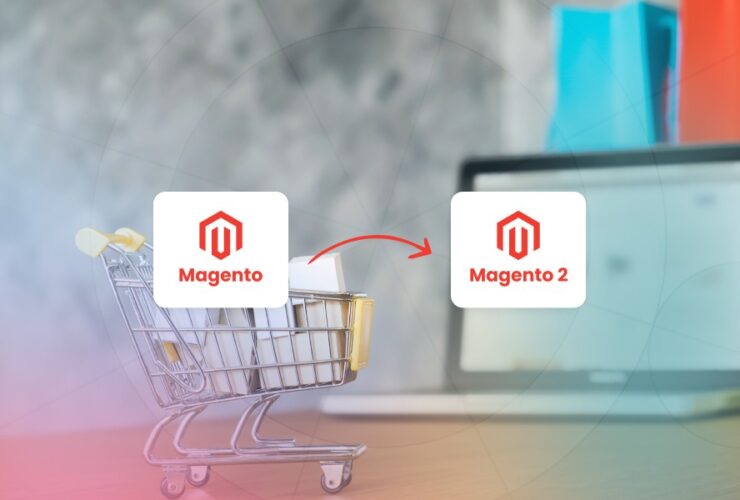|
Click to listen the Audio version!
|
Software as a service (SaaS) is a software licensing and delivery paradigm in which software is licensed and hosted centrally on a subscription basis. Users can use web browsers to get access to it.
Many commercial applications, such as office and messaging software, management software, and virtualization, are delivered via the SaaS model. Infrastructure as a service (IaaS), platform as a service (PaaS), and desktop as a service are all terms used in the cloud computing terminology (DaaS). It’s linked to application service providers (ASPs), who deliver “shrink-wrapped” software to corporate users via the Internet. When compared to SaaS apps, early Internet-delivered software offered functionality similar to on-premise systems. Because these apps were designed to be single-tenant, their capacity to share data was limited. Single-instance, multi-tenant architecture SaaS apps deliver a feature-rich experience comparable to on-premise applications. Aggregator collects SaaS solutions from several vendors and packages them into a single application platform.
All customers are served by a single version of the program with a single configuration in this model. To facilitate scalability, the application is installed on many machines (called horizontal scaling). In some circumstances, a second version of the application is set up to provide pre-release versions of the software to a small number of consumers for testing purposes. . Each version of the application is based on a unique code in this traditional paradigm. Some SaaS solutions do not use multitenancy to manage a high number of customers in situ, albeit this is an exception. It’s debatable if multitenancy is an essential component of software-as-a-service.
There are two types of SaaS: one is a software as a service (SaaS) and the other is software
Vertical SaaS is software that caters to the needs of a particular industry (e.g., software for the healthcare, agriculture, real estate, finance industries)
Horizontal Software as a Service
Products that are sector agnostic yet focus on a software category (marketing, sales, developer tools, HR).
It provides a significant opportunity for businesses of all sizes to reduce software purchase risks and transform IT from a reactive cost center to a proactive, value-producing aspect of the business. Deploying large-scale software systems has traditionally been a substantial undertaking. The expense of deploying these technologies across a large company is higher. The time, staffing, and money requirements of such a deployment pose a considerable risk to any organization of any size and frequently put such software beyond of reach of smaller organizations that would otherwise benefit much from it. Some of this is altered by the on-demand delivery paradigm. SaaS applications do not necessitate the installation of a huge infrastructure on the client’s premises. This removes or greatly decreases the initial investment.





